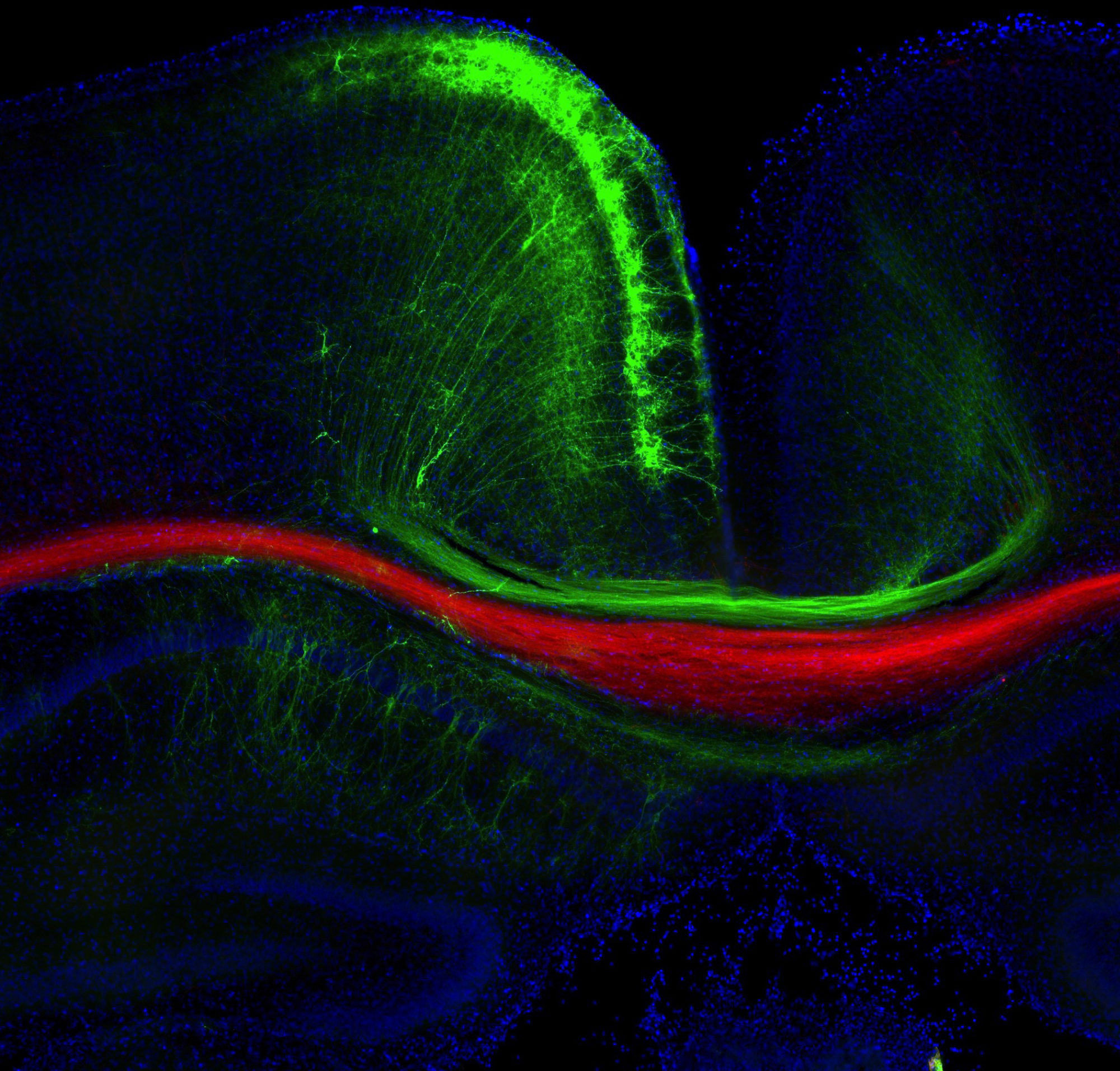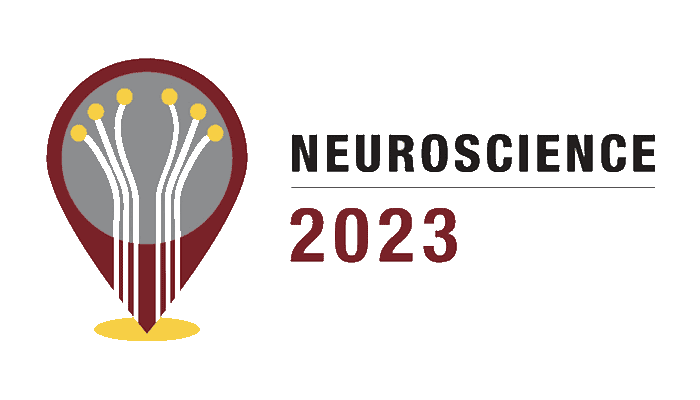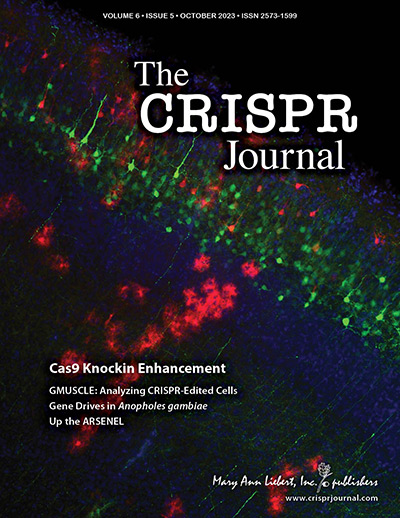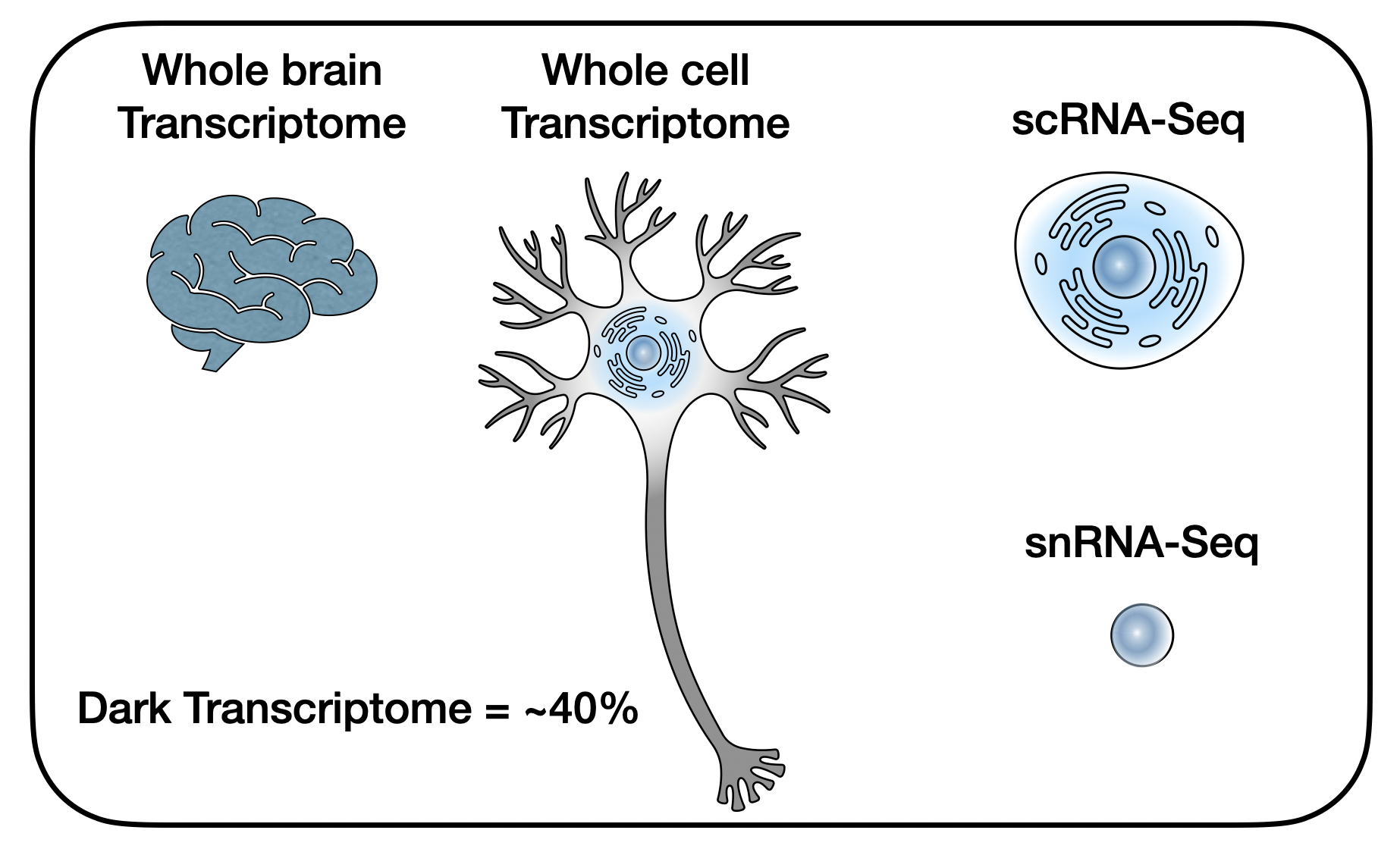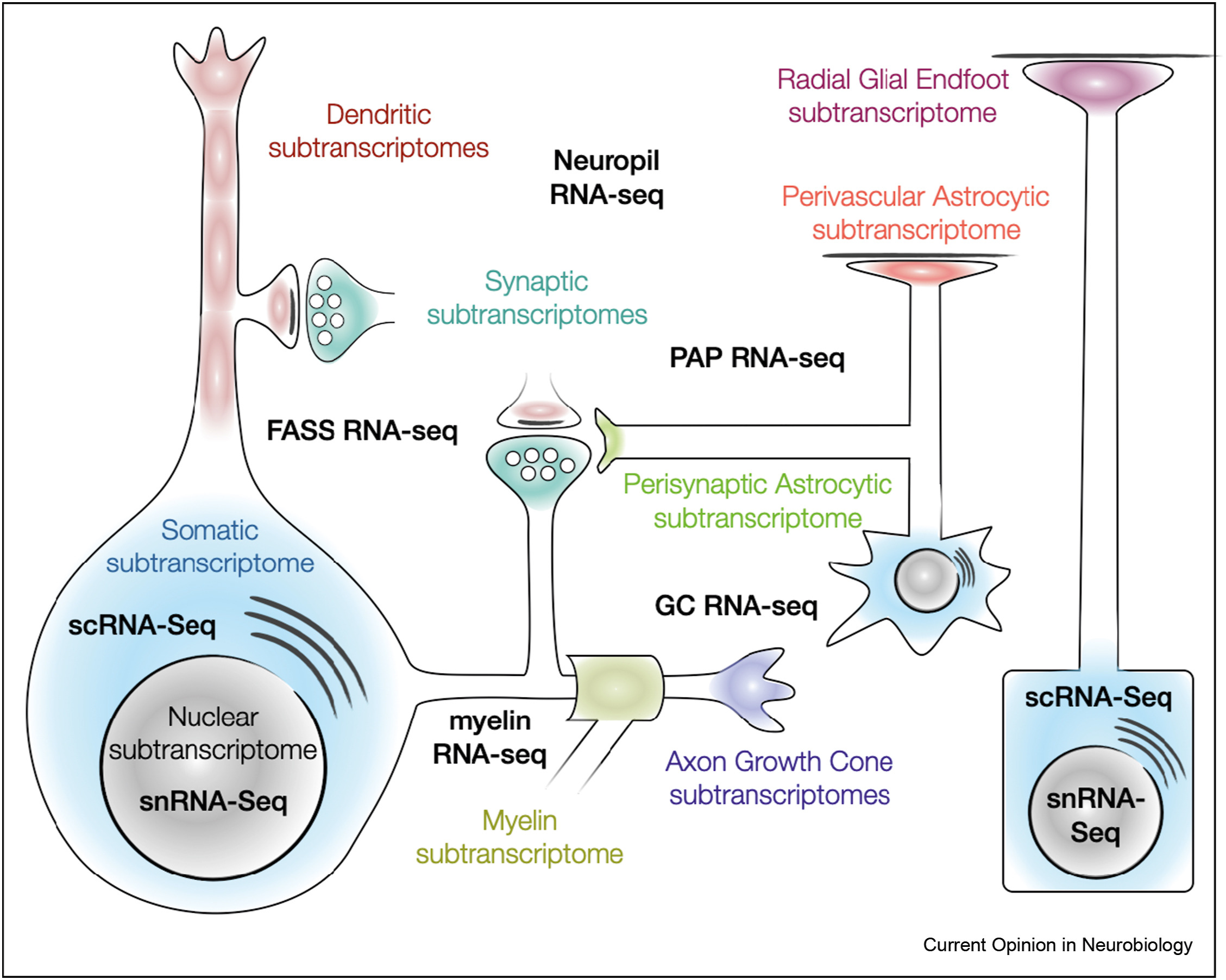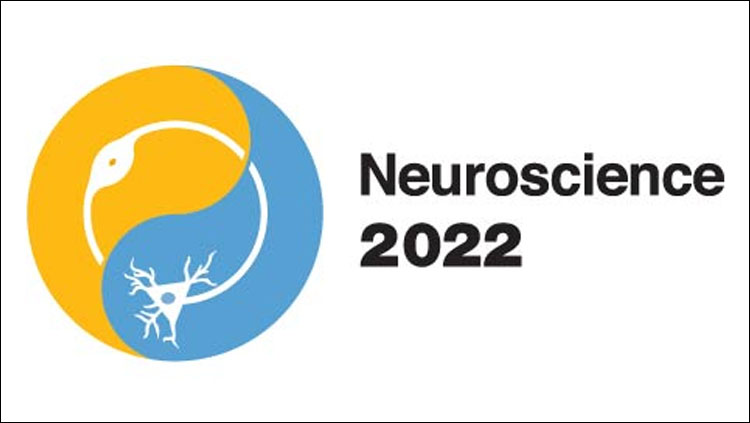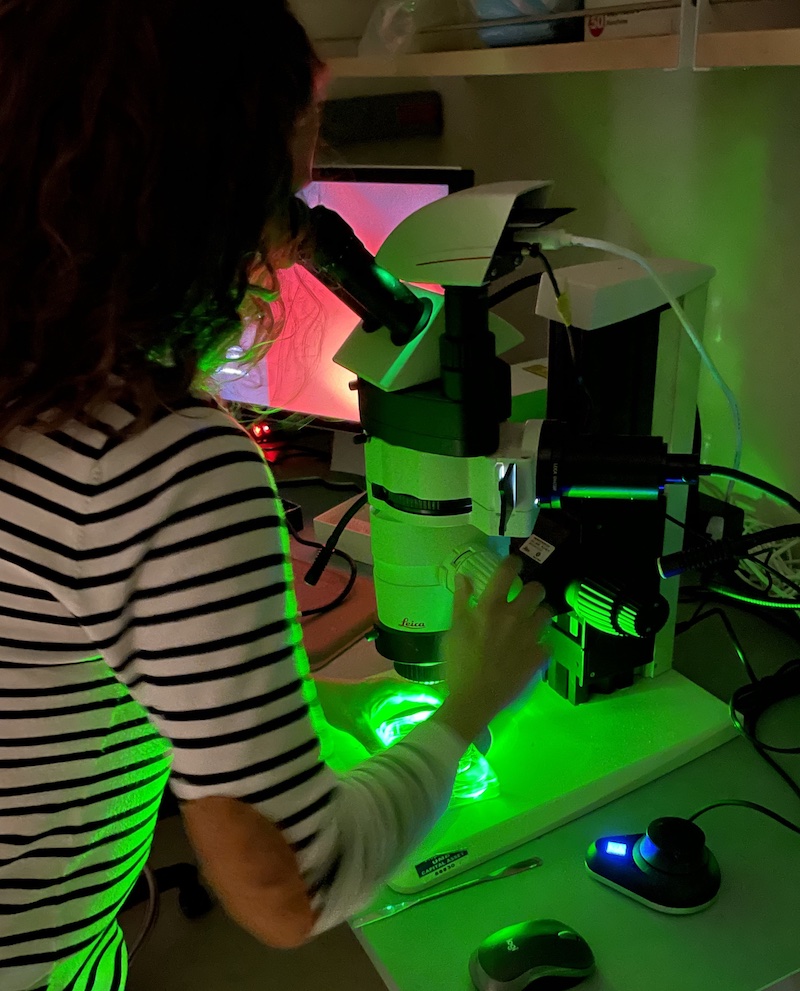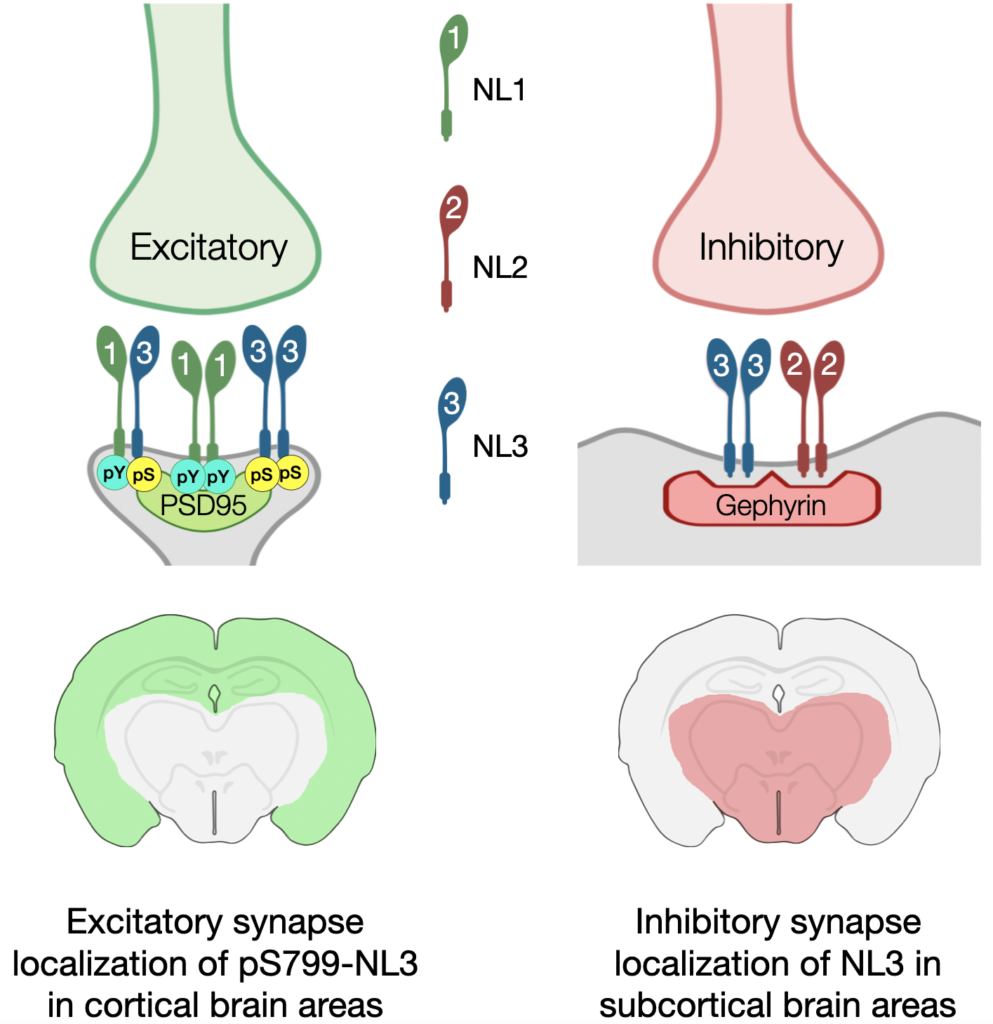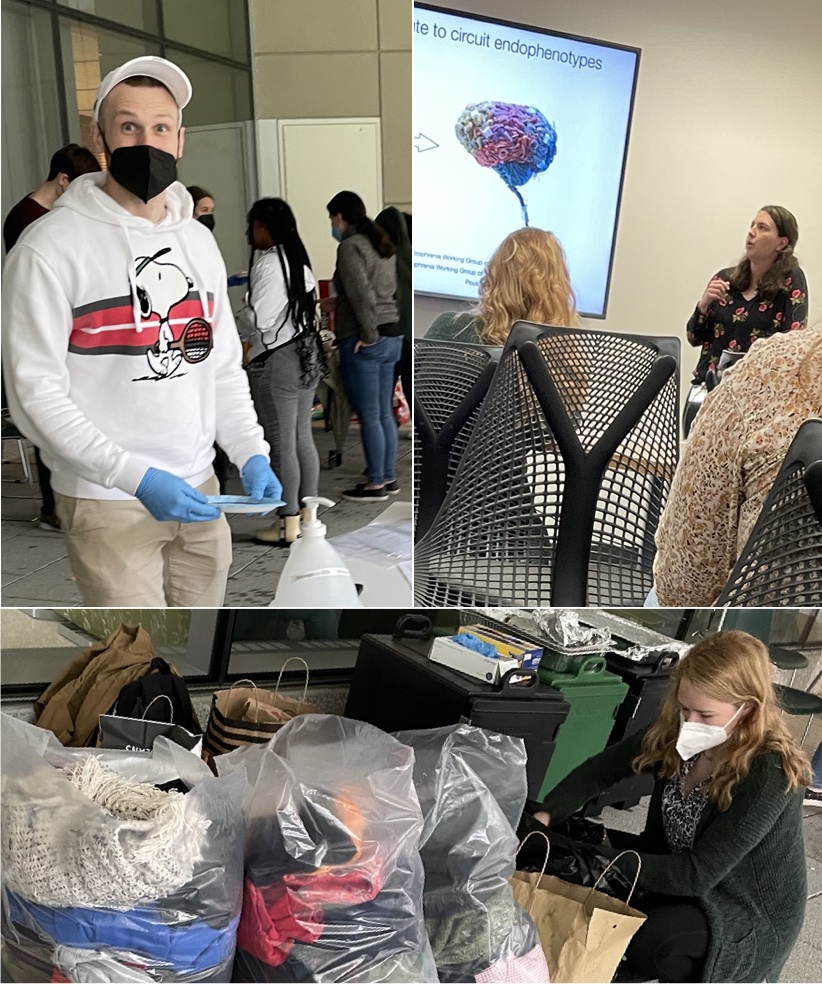Calling all Neuroscientists!!!
Come check out all the PouLab posters at SfN 2023
Sunday pm session: “Genetic Techniques to Target and/or Manipulate Cells”, three back-to-back posters :
- VV22: Find out what the best tag is for labeling your protein by Knockin at Andrea Romanowski‘s poster
https://www.abstractsonline.com/pp8/#!/10892/presentation/39783 - VV23: Learn about how some genes are resistant to CRISPR-activation at Ashley Marquardt‘s poster
https://www.abstractsonline.com/pp8/#!/10892/presentation/39785 - VV24: Get to see Neuroligin 3 for the first time in the human brain and how it might be used against brain cancer at Ro Whitten‘s poster
https://www.abstractsonline.com/pp8/#!/10892/presentation/39784
Monday am session “Animal Models of Epilepsy: Genetics and Pharmacology”:
- C57: Learn about an exciting new way to model individual epilepsy patients in mice using prime editing from Colin Robertson‘s poster
https://www.abstractsonline.com/pp8/#!/10892/presentation/32416
Wednesday pm session “Mechanisms Underlying Axon Growth and Targeting”:
- B14: Hear about a strange non-coding RNA that is involved in axon growth and potentially regeneration at Garrett Crutcher‘s poster
https://www.abstractsonline.com/pp8/#!/10892/presentation/33556
Celebrate neuroscience with us!!!
